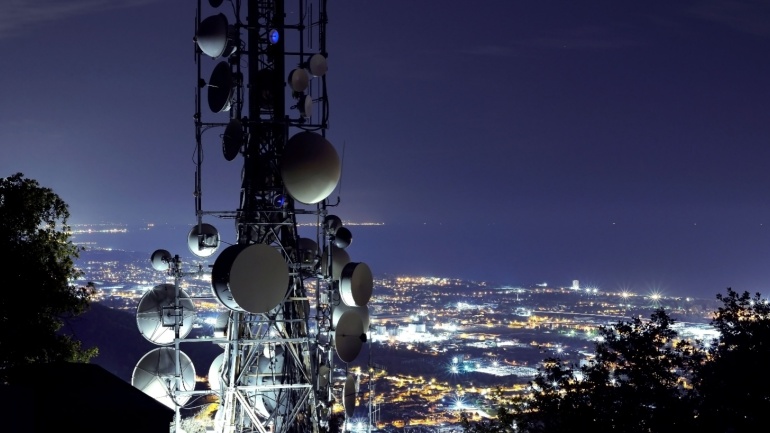NEC has introduced a groundbreaking radio-over-fibre system featuring 1-bit fibre transmission, designed to create affordable, compact distributed antenna units (DAUs). This innovative technology transmits high-frequency analogue signals using a cost-effective electrical-to-optical converter, commonly used in digital communications.
NEC claims this advancement will facilitate the development of stable millimeter-wave (mmWave) communication networks essential for Beyond 5G and 6G. The 1-bit fibre transmission technique involves converting high-frequency analogue signals into 1-bit pulse signals, which are then transmitted via fibre. These signals can subsequently be reconstructed into the desired analogue form using a filter.
This approach is particularly beneficial for environments like high-rise buildings, underground malls, factories, railways, and other indoor facilities with numerous obstacles. It promises low power consumption and significant cost savings, thus promoting the widespread adoption of high-speed, high-capacity mmWave communications.
Given that approximately 80% of mobile communication traffic occurs indoors, mmWave technology is being considered a viable indoor solution. However, the significant propagation loss and high linearity of mmWave frequencies necessitate a clear line of sight between base stations and terminals to maintain adequate quality of service (QoS).
Dense installation of DAUs, which directly transmit and receive data, can mitigate these issues but poses challenges related to size, power consumption, and cost. NEC’s radio-over-fibre system addresses these challenges by enabling the installation of compact, low-cost DAUs in high densities. This enhancement is expected to improve the mmWave communication environment by ensuring a consistent line of sight between DAUs and terminals.
The potential of mmWave technology as a new revenue stream for telecommunications companies is gaining traction. Recently, Deutsche Telekom successfully trialed 5G frequencies in the mmWave range at 26 GHz in industrial settings, underscoring the commercial viability and future prospects of mmWave deployments.







